By_shalini oraon

_The reported attack in Walsall, exploring the incident, its context, and the broader implications.
—
A Trauma Compounded: The Walsall Attack and the Ugly Intersection of Sexual Violence and Racism
In the dead of night in Walsall, a town in England’s West Midlands, a crime of profound brutality has ignited a firestorm of outrage, fear, and critical questioning. The reported rape of an “Indian-origin” woman, which British police are investigating as a “racially aggravated” offence, is not just a singular, horrific incident. It has become a stark focal point, forcing a difficult conversation about the layered vulnerabilities faced by minority women, the complex interplay of misogyny and racism, and the challenges of seeking justice in the shadow of such trauma.
The Incident: Piecing Together a Nightmare
According to details released by the West Midlands Police, the attack occurred in the early hours of a Saturday in the Pleck area of Walsall. A 30-year-old woman, described as being of Indian origin, was walking home after finishing her shift at a local hotel. It was during this journey, a time when one expects to be safe, that she was allegedly ambushed, dragged to a secluded location, and subjected to a violent sexual assault.
The police response was swift. A 42-year-old man, himself of South Asian origin, was arrested within hours on suspicion of rape. However, the critical element that has propelled this case beyond a tragic but isolated crime statistic is the police’s declaration that they are treating it as a “racially aggravated” offence. While the specific details of the racial slurs or motivations have not been fully disclosed to the public, this classification indicates that the perpetrator’s actions were accompanied by, or potentially driven by, racial hostility directed at the victim because of her Indian heritage.
The Legal and Social Weight of a “Racially Aggravated” Crime
In the UK legal system, the term “racially aggravated” carries significant weight. It is not a separate crime but an aggravating factor that can lead to a more severe sentence upon conviction. For an offence to be classified as such, the prosecution must prove that either:
1. The offender demonstrated hostility based on the victim’s race or perceived race at the time of the offence, or
2. The offence was motivated wholly or partly by hostility towards members of a racial group.
This legal framing transforms the narrative of the crime. It is no longer just a rape, a violation rooted in power and misogyny. It becomes a crime where the victim was targeted specifically for her racial identity, adding a layer of dehumanization that weaponizes her ethnicity against her. For the victim, this compounds the trauma; the assault is not only on her body and her sense of safety but also on her very identity and place in the community.
Community Shock and the Diaspora’s Dual Reality
The news has sent shockwaves through the British Indian community, particularly in areas like the West Midlands with a significant South Asian population. There is a palpable sense of fear and anger. For many, it shatters the perceived safety of their own neighbourhoods and confirms deep-seated anxieties about being visibly different in a multicultural, yet sometimes tense, society.
This incident forces the diaspora to confront a painful duality. On one hand, they are proud, integrated contributors to British society. On the other, they are reminded of their status as a minority, vulnerable to being “other-ed” in the most violent ways imaginable. Community leaders have called for calm but also for greater police vigilance and support for the victim. Vigils and protests have been organized, not just to condemn the rape, but to specifically denounce the racial hatred that allegedly fueled it.
The Ugly Intersection: Where Misogyny Meets Racism
The Walsall case is a brutal illustration of what feminist scholars term “intersectionality”—the understanding that people can face overlapping and interdependent systems of discrimination. For women of colour, the threat of violence is not neatly divisible into separate categories of sexism and racism. They often face a unique form of “gendered racism,” where their gender and race are simultaneously weaponized.
The perpetrator in this case did not see a generic woman; he reportedly saw an Indian woman. This could involve stereotypes and power dynamics rooted in colonial histories, perceptions of submissiveness, or simply the desire to violate someone representing a community he held hostility towards. This intersection makes the crime uniquely destructive and the path to healing uniquely complex for the survivor.
A Global Pattern and the Question of Safety
Tragically, the Walsall attack is not an anomaly. From the violent threats faced by Aboriginal women in Australia to the high rates of assault against Indigenous women in Canada and Black women in the United States, the pattern is grimly familiar. Minority women often bear the brunt of societal prejudices, existing at the crossroads of racial and gender-based violence.
This incident raises urgent questions about the safety of women, particularly women of colour, in public spaces. It has reignited the debate around street lighting, police patrols, and societal attitudes that allow violence against women to persist. For Indian women in the UK and across the diaspora, it is a chilling reminder that the simple act of walking home can carry an unacceptably high risk.
The Path Ahead: Justice, Healing, and Systemic Change
As the legal process unfolds, all eyes will be on the West Midlands Police and the Crown Prosecution Service. Their handling of the racial aggravation element will be a critical test of the system’s commitment to addressing hate-fuelled crimes in all their forms. A robust prosecution and a sentence that reflects the full gravity of both the sexual and racial dimensions of the attack are essential for delivering a sense of justice.
But justice is more than a conviction. It involves providing the survivor with comprehensive, culturally sensitive support to navigate the long and difficult road to recovery. It requires community solidarity that condemns both misogyny and racism without equivocation.
Ultimately, the tragedy in Walsall is a call to action. It is a demand to confront the poisonous ideologies that allow such crimes to happen. It forces British society, and indeed all multicultural societies, to look inward and ask what must be done to dismantle the prejudices that make some women more vulnerable than others. The victim in Walsall was targeted for her race and her gender. The response must be to build a world where both are respected, protected, and celebrated—a world where no woman has to fear the walk home.

Discover more from AMERICA NEWS WORLD
Subscribe to get the latest posts sent to your email.
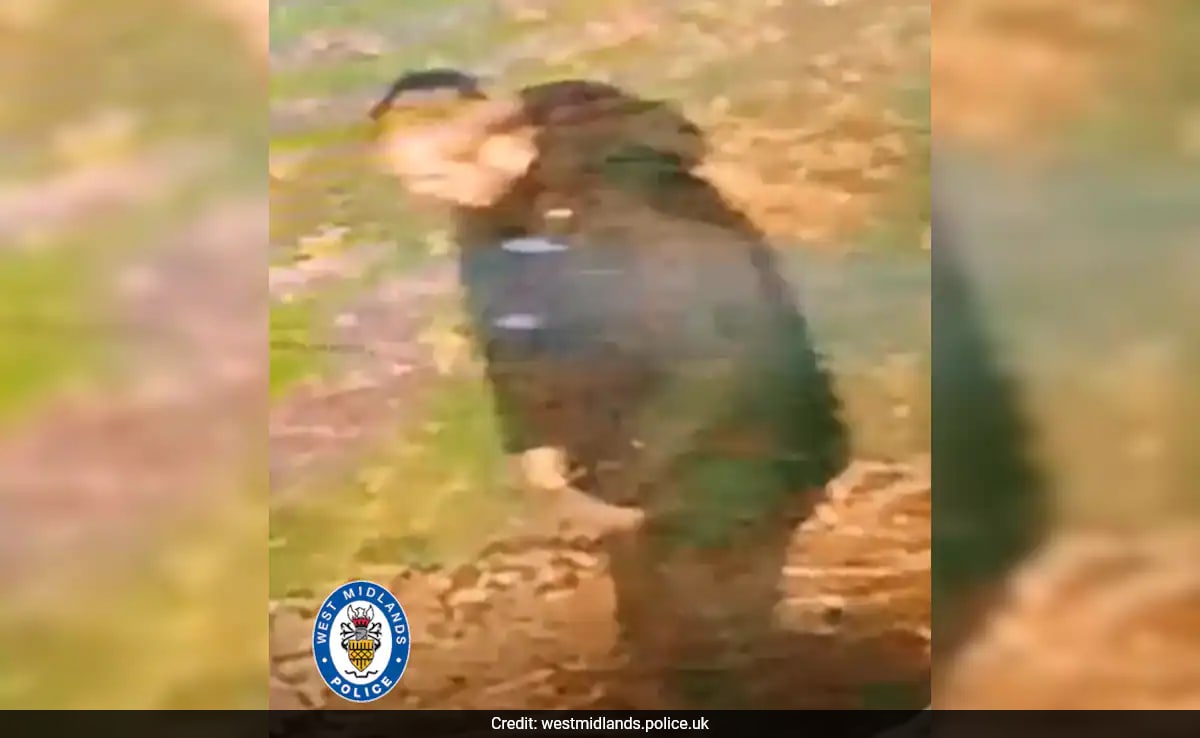

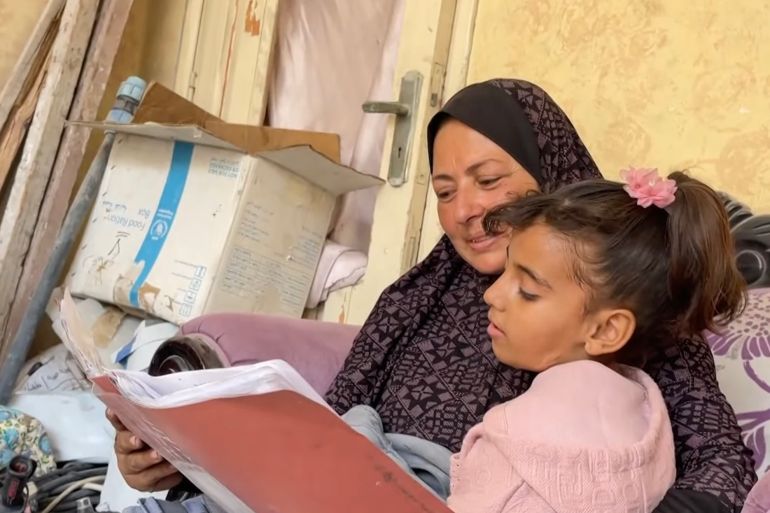
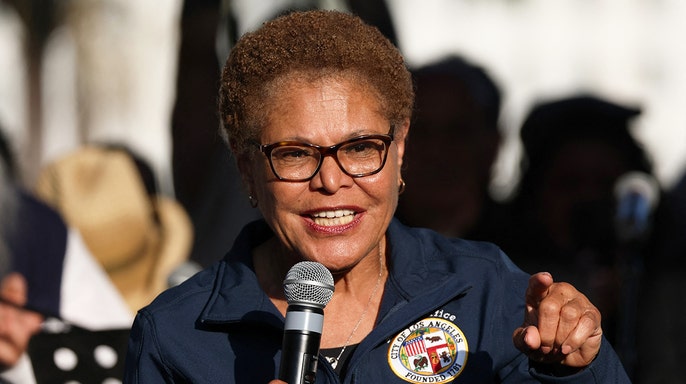




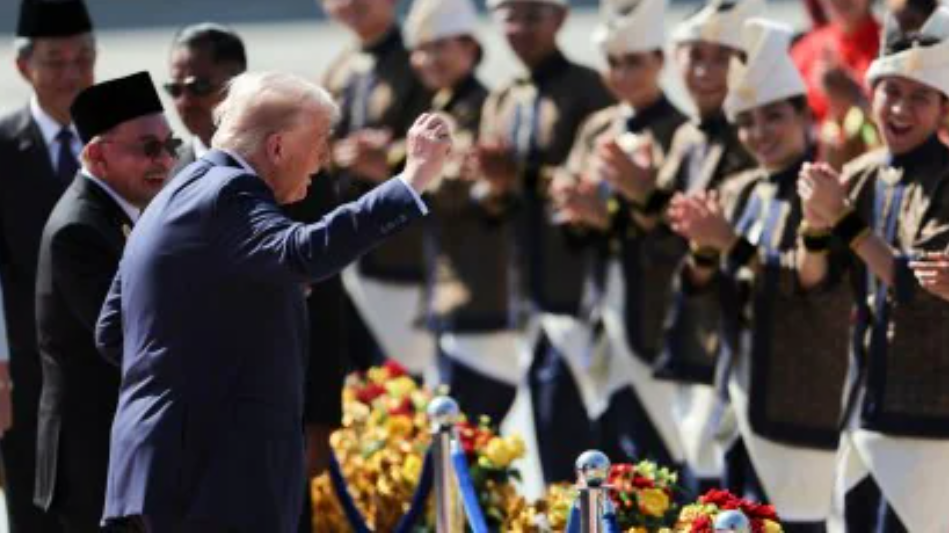









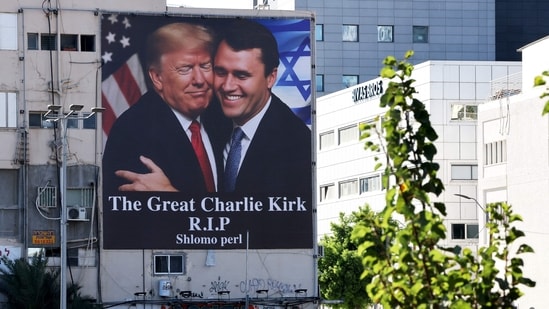

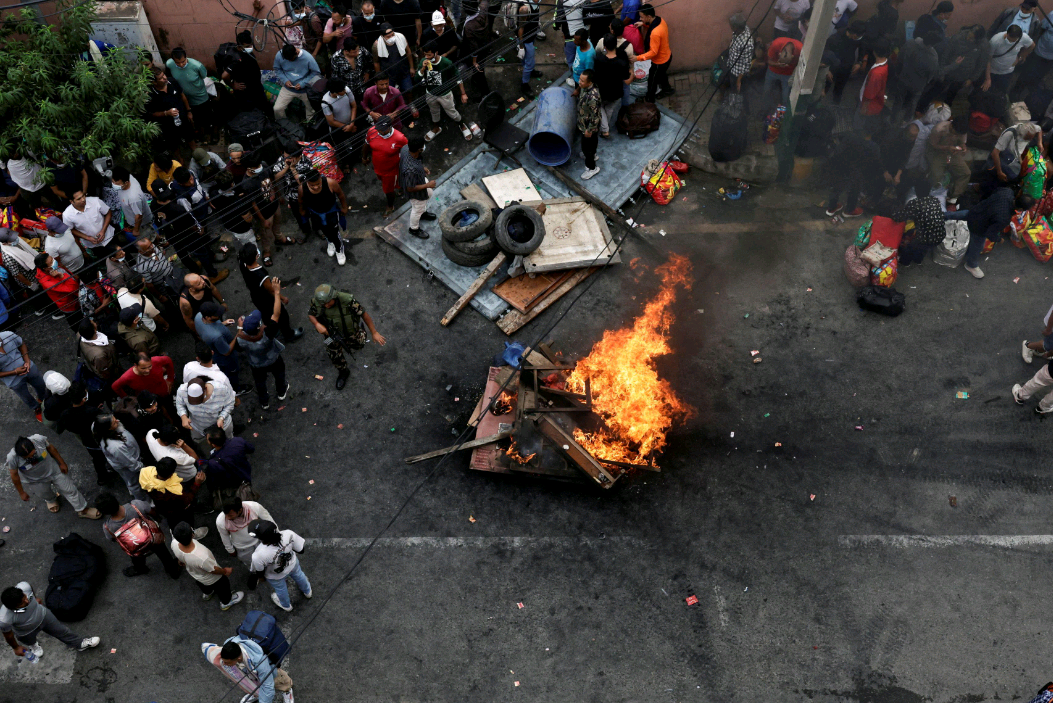
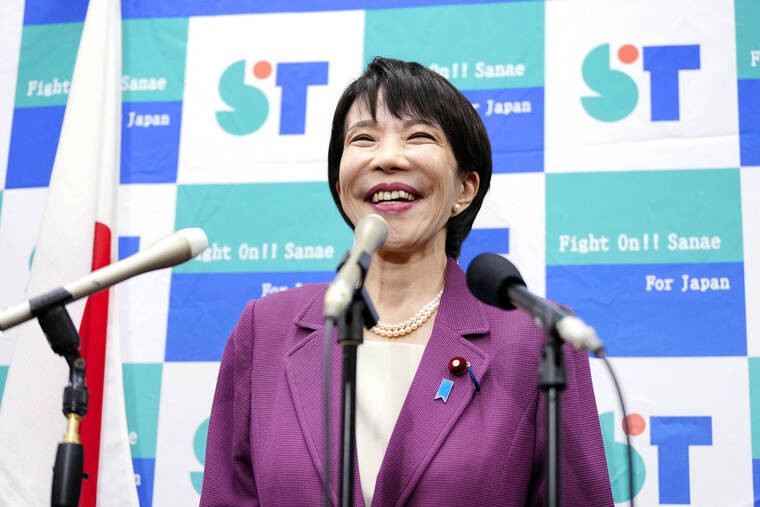

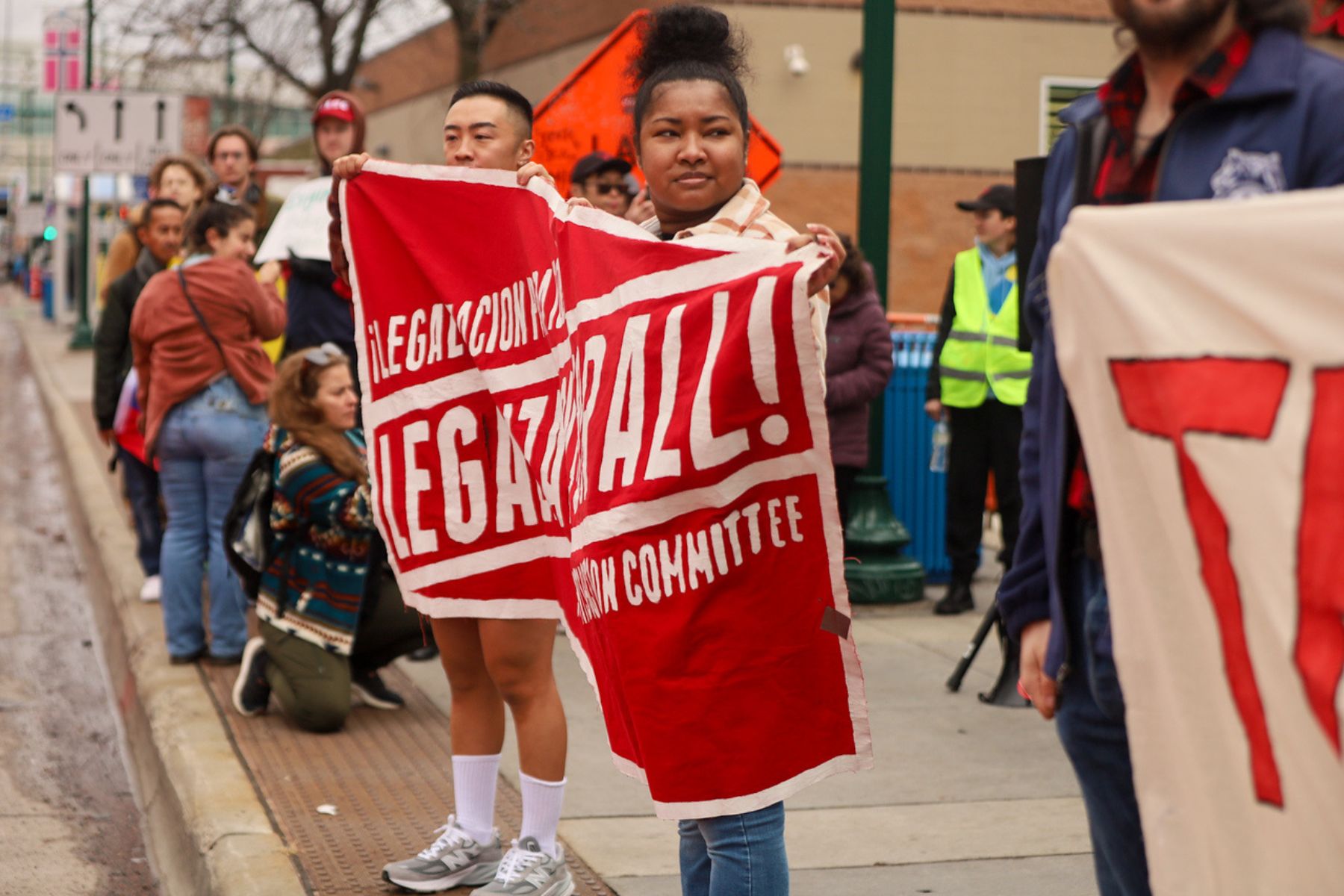
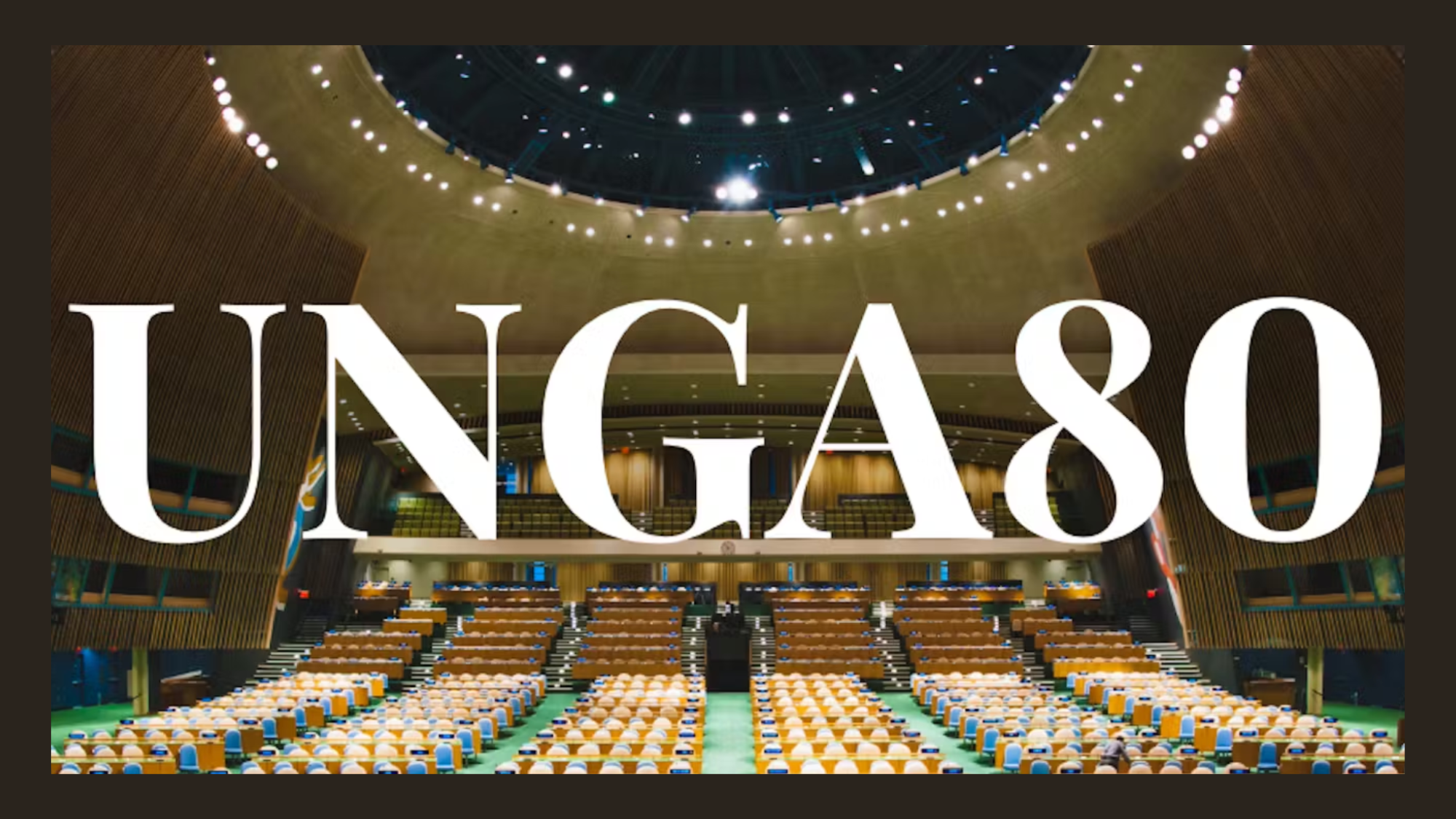





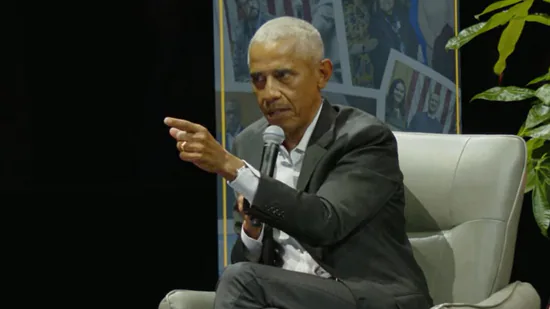



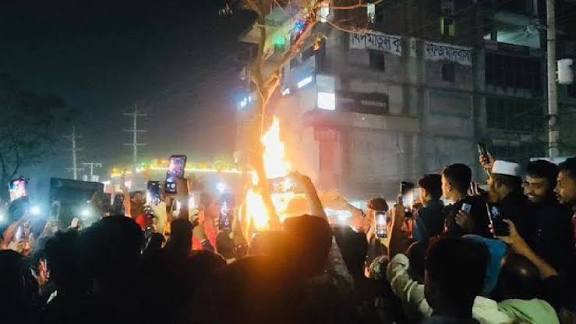
Leave a Reply